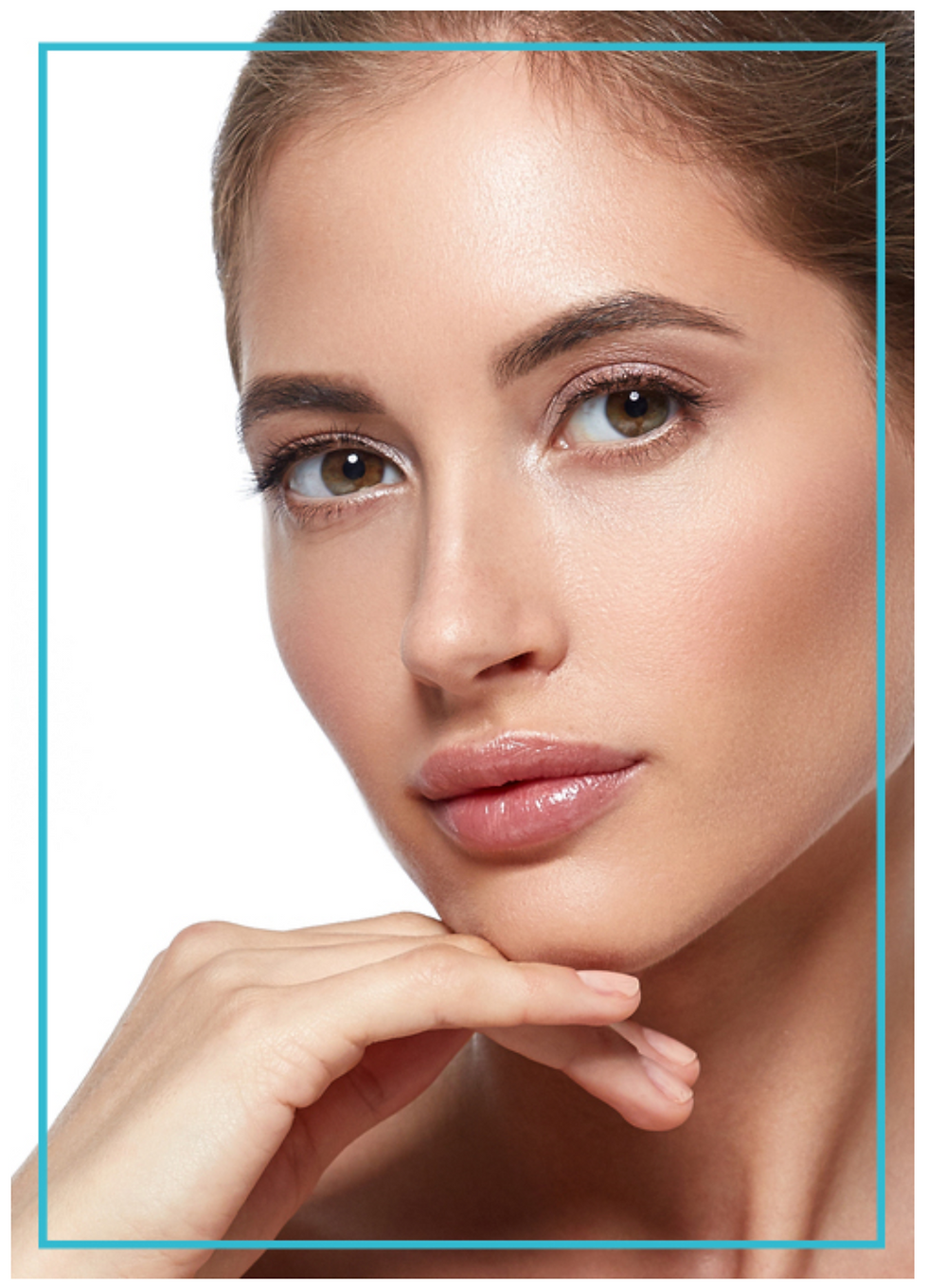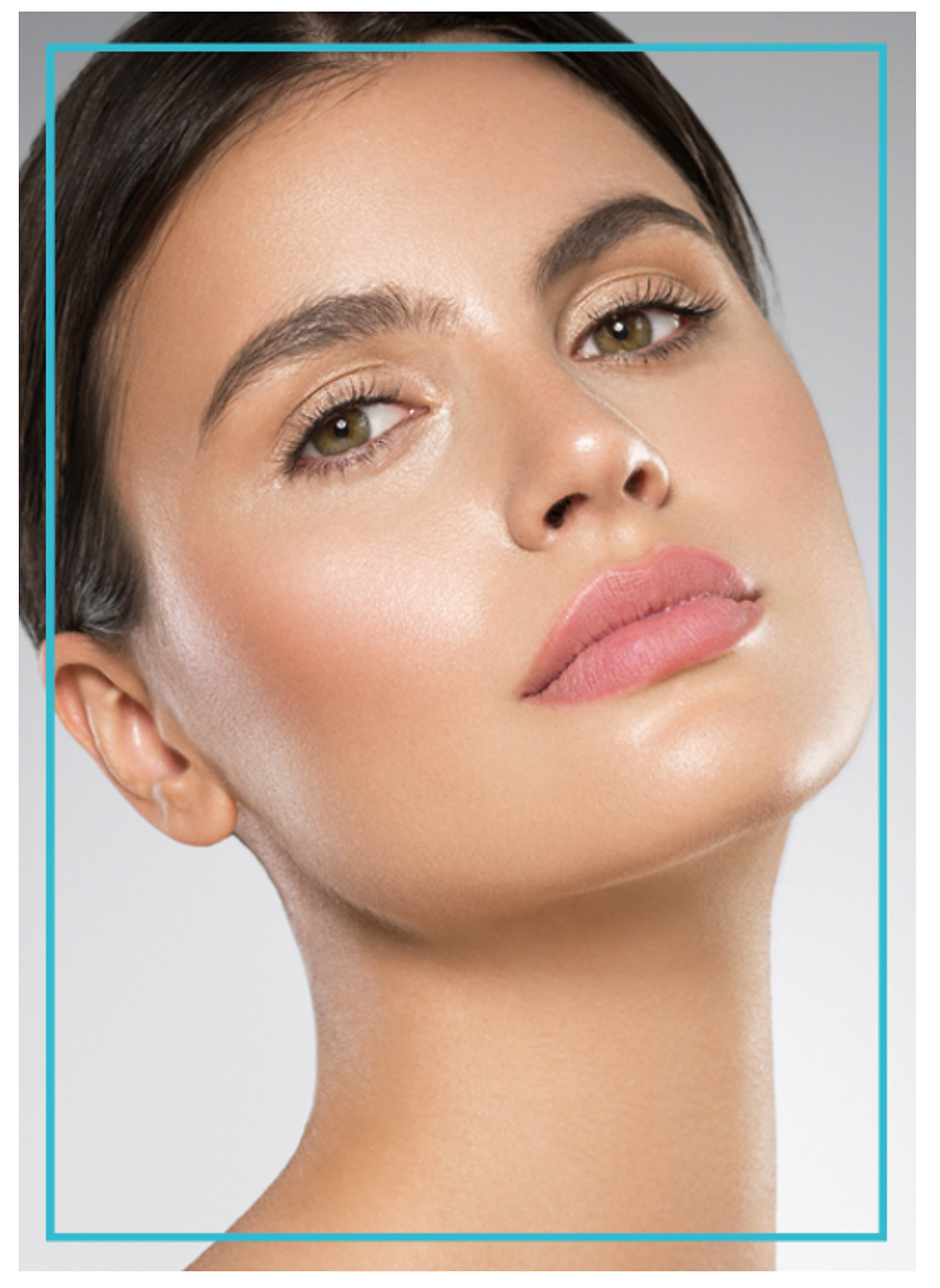What Should a Natural Nose Look Like?
- Prof.Dr. Süleyman TAŞ

- Jul 14, 2025
- 2 min read

What Is an Ideal Nose?
What Should the Natural Size and Shape of the Nose Be?
Personalized Nose Features
1. Gender
Rhinoplasty for Men
2. Ethnicity
3. Large and Long Nose
4. Humped Nose
Natural Nose Size According to Nasal Angles
Nasofrontal Angle
Nasolabial Angle
Nasal-Chin (Nasomental) Angle
Ideal Nose Size Based on Facial Proportions
A natural nose should be in harmony with other facial structures such as the forehead, lips, and chin. The proportions must be evaluated from both frontal and side views.
How Are Nasal Shape Deformities Corrected?
Septum DeviationClick here for detailed information about septal deviation.
Drooping Nasal TipClick here to learn more about nasal tip ptosis.
Structural DeformitiesClick here to explore the causes and surgical solutions for nasal deformities.
Key Considerations for Achieving a Natural-Looking Nose in Rhinoplasty
Upper Third of the Nose: Should flow smoothly from the forehead.
Middle Third: Must support airway function and aesthetics.
Nasal Tip: Should be refined, symmetrical, and match the patient’s facial character.
Nasal Skin: Its thickness and elasticity directly impact surgical technique and healing.
What to Consider for Natural-Looking Nose Surgery
Achieving natural results depends on understanding facial proportions, skin type, nasal anatomy, and the patient’s aesthetic expectations.
Closed and Atraumatic Techniques for Natural Rhinoplasty
Advanced techniques such as closed rhinoplasty and atraumatic surgical methods reduce trauma, preserve tissue integrity, and lead to faster healing with more natural outcomes.Click here for more about closed atraumatic techniques.
Before and After: Natural Rhinoplasty Transformation
Compare results before and after rhinoplasty using natural techniques that preserve nasal harmony while correcting functional and cosmetic concerns.
_edited.png)




Comments